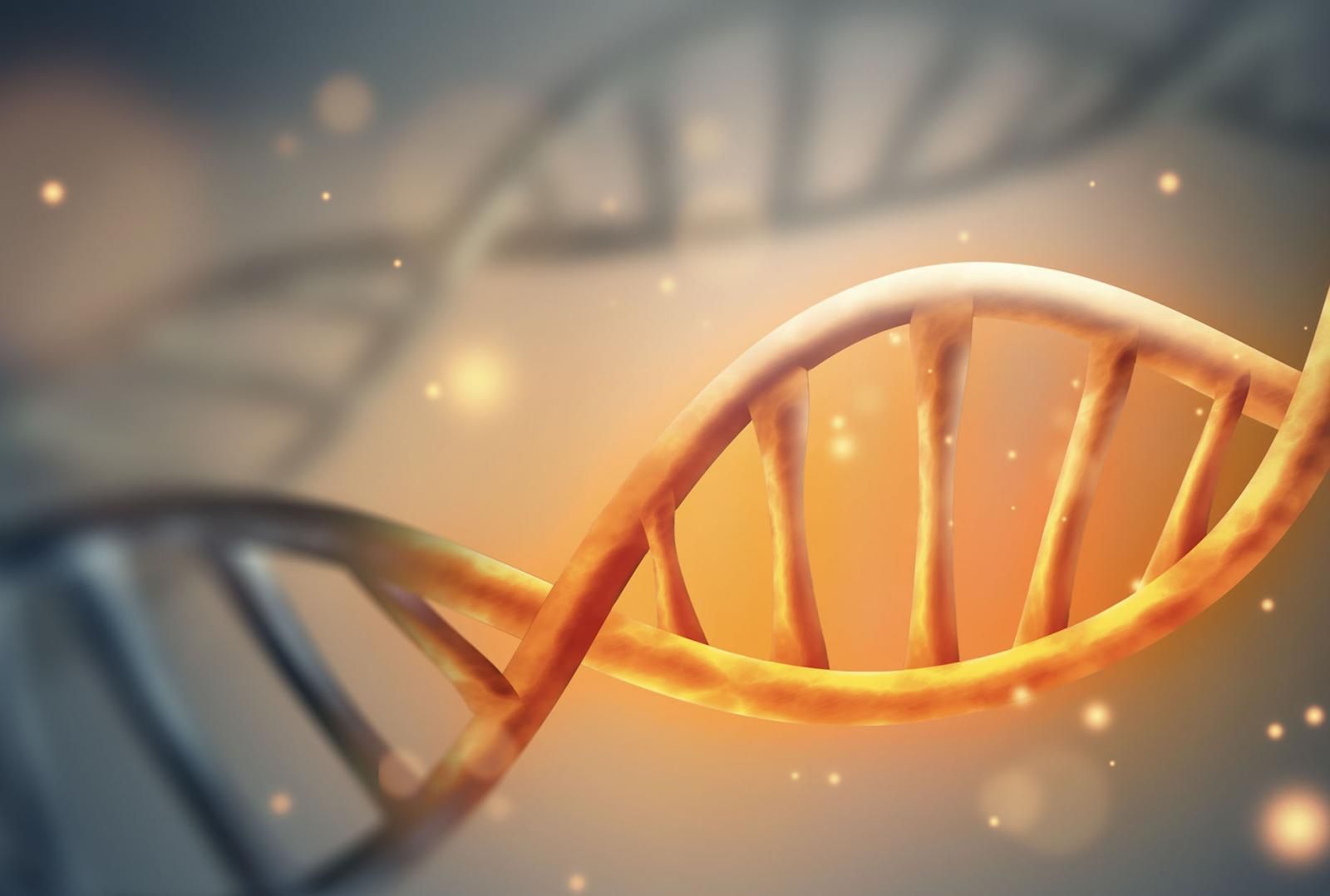Adjuvant Ipilimumab Dose Improves Survival Benefit for Resected High-Risk Melanoma
Adjuvant ipilimumab at a dose of 3 mg/kg demonstrated a survival benefit in patients with resected high-risk melanoma compared with high-dose interferon alfa-2b, according to the findings for a phase III E1609 clinical trial from the North American Intergroup.

Adjuvant ipilimumab (Yervoy) at a dose of 3 mg/kg demonstrated a survival benefit in patients with resected high-risk melanoma compared with high-dose interferon alfa-2b (HDI), according to the findings for a phase III E1609 clinical trial (NCT01274338) from the North American Intergroup.
Overall, 1,670 patients were enrolled and randomized 1:1:1 to receive either ipilimumab at 3 mg/kg (ipi3; n = 523), ipilimumab at 10 mg/kg (ipi10; n = 511), or HDI (n = 636). With a median follow-up of 57.4 months (range, 0.03-86.6), the cutoff date for the final analysis was February 15, 2019. The co-primary end points of the trial were overall survival (OS) and relapse-free survival (RFS).
In the ipi3 arm, there were 486 RFS and 364 events compared with 655 and 416 planned events in the HDI arm. In addition, investigators noted 477 RFS and 287 OS events in the ipi10 arm. The analysis showed a significant difference in OS between the ipi3 and HDI arms (HR, 0.78; 95.6% CI, 0.61-0.99;P=.044). The 5-year OS rate was 72% in the ipi3 arm (95% CI, 68%-76%) versus 67% in the HDI arm (95% CI, 62%-72%). Median RFS was 4.5 years for ipi3 (95% CI, 2.6-not reached) and 2.5 years for HDI (95% CI, 1.7-3.3).
The study was positive on the basis of the protocol criteria and proceeded to the second-step comparison of OS. A trend towards improvement for OS was demonstrated in favor of ipi10 versus HDI (HR, 0.88; 95.6% CI, 0.69-1.12) as well as for RFS (HR, 0.84; 99.4% CI, 0.65-1.09). However, these were not statistically significant.
The 5-year OS rate was 70% with ipi10 (95% CI, 65%-74%) compared with 65% in the HDI arm (95% CI, 60%-70%), and the median RFS was 3.9 years (95% CI, 2.9-not reached) versus 2.4 years (95% CI, 1.6-3.0), respectively.
An exploratory analysis also compared OS and RFS data between the ipi3 and ipi10 arms but demonstrated no significant differences. Differences were observed, however, in salvage patterns following disease progression in the HDI arm compared with the other arms. There were significantly higher rates of salvage ipilimumab after HDI (22.8%) compared with ipi3 (7.6%;P<.001) and ipi10 (4.8%; P<.001). Differences were also observed in ipilimumab with PD1 after HDI (12.7%) compared with ipi3 (6.1%; P=.001) and ipi10 (3.9%; P<.001). Salvage PD 1immunotherapy was 25% in the ipi3 arm, 22.1% in the HDI arm, and 18.7% in the ipi10 arm.
The rate of toxicities of grade 3 or worse severity was 38.6% in the ipi3 arm (95% CI, 34.3%-42.9%), 78.8% in the HDI arm (95% CI, 75.1%-82.3%), and 57.9% in the ipi10 (95% CI, 53.4%-62.2%). Rates of grade 3 or greater toxicity were significantly different between the pip3 and ipi10 arms (P<.001).
Incidence of grade 3 or greater immune-related toxicity was observed in 28.5% of patients in the ipi3 arm (95% CI, 24.6%-32.6%) compared with 46.3% in the ipi10 arm (95% CI, 41.9%-50.8%;P<.001). Fatal adverse events (AEs) were considered possibly related to treatment in 3 patients in the ipi3 arm, 2 in the HDI arm, and 8 in the ipi10 arm.
Corticosteroids were used to manage AEs in 57.2% of patients in the ipi3 arm, 10.4% in the HDI arm, and 75.7% in the ipi10 arm.Additionally, 5.4% of patients in the ipi3 arm received additional immunosuppressants versus 0.6% in the HDI arm and 8.2% in the ipi10 arm. In the ipi3 arm, 17.2% of patients needed hormone replacement therapy compared with 6.3% in the HDI arm and 28.8% in the ipi10 arm.
Overall, 38.4% of patients receiving ipi3 completed the planned treatment, as well as 35.1% in the HDI arm and 21.5% with ipi10. Investigators also noted that 53.7% of patients in the ipi3 arm initiated maintenance therapy compared with 85.8% in the HDI arm and 31.6% in the ipi10 arm.
Adult patients who became disease-free following surgery were included in the study. Those with a diagnosis of stage IIIB or IIIC were eligible and required complete lymph node dissection. No prior systemic adjuvant therapy was permitted for this study, but patients could have previously received radiation therapy. Patients had to have an ECOG performance status of 0 or 1. Those with autoimmune disorders or conditions requiring systemic corticosteroids or other immunosuppressants were ineligible.
Reference
Tarhini, AA, Lee, SJ, Hodi, FS, et al. Phase III Study of Adjuvant Ipilimumab (3 or 10 mg/kg) Versus High-Dose Interferon Alfa-2b for Resected High-Risk Melanoma: North American Intergroup E1609.Journal of Clinical Oncology
Dosing and Regimen Changes Promote Tolerability in Advanced Melanoma
March 14th 2024During a Targeted Oncology™ Case-Based Roundtable™ event, Michael B. Atkins, MD, discussed dosing considerations and toxicity when choosing combination treatment for patients with melanoma. This is the second of 2 articles based on this event.
Read More